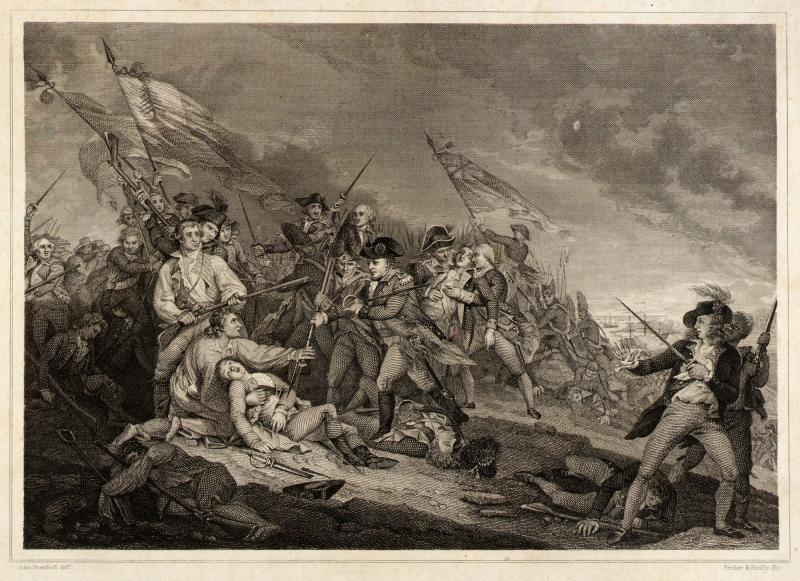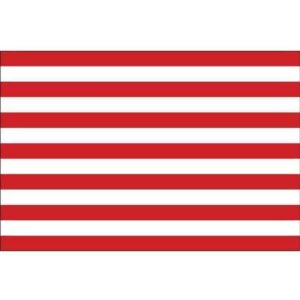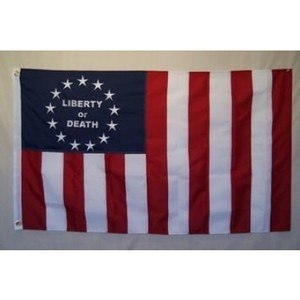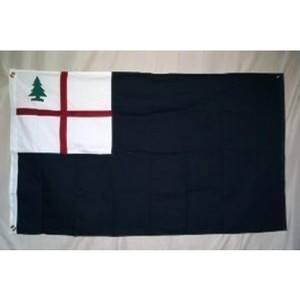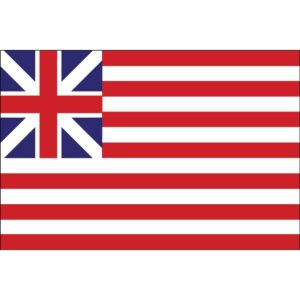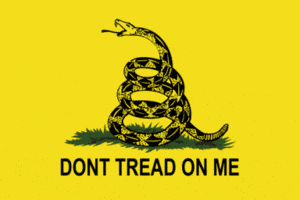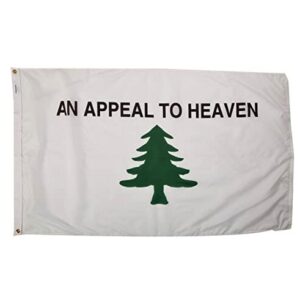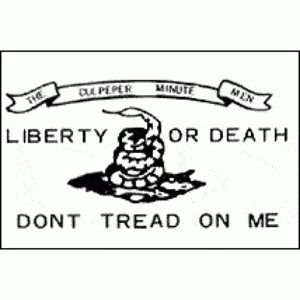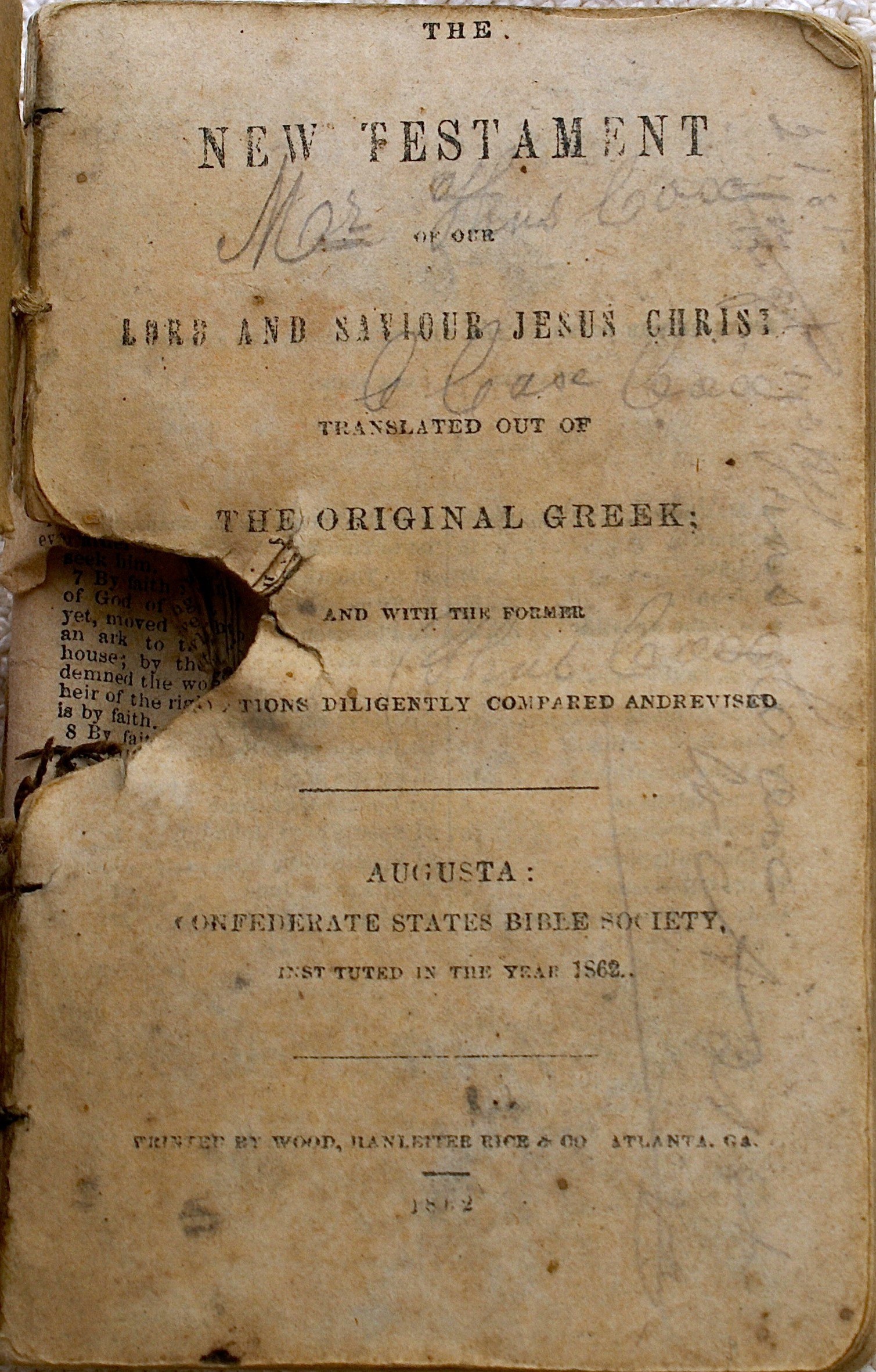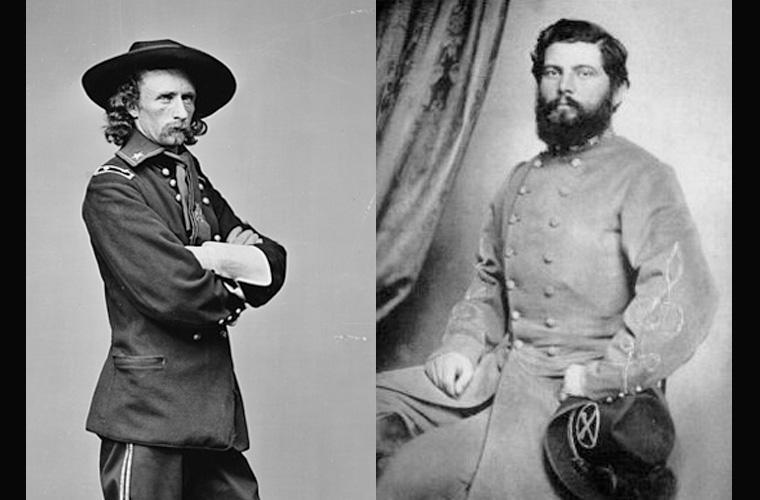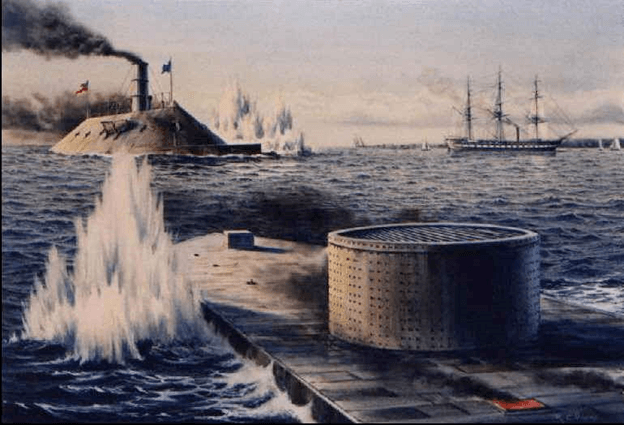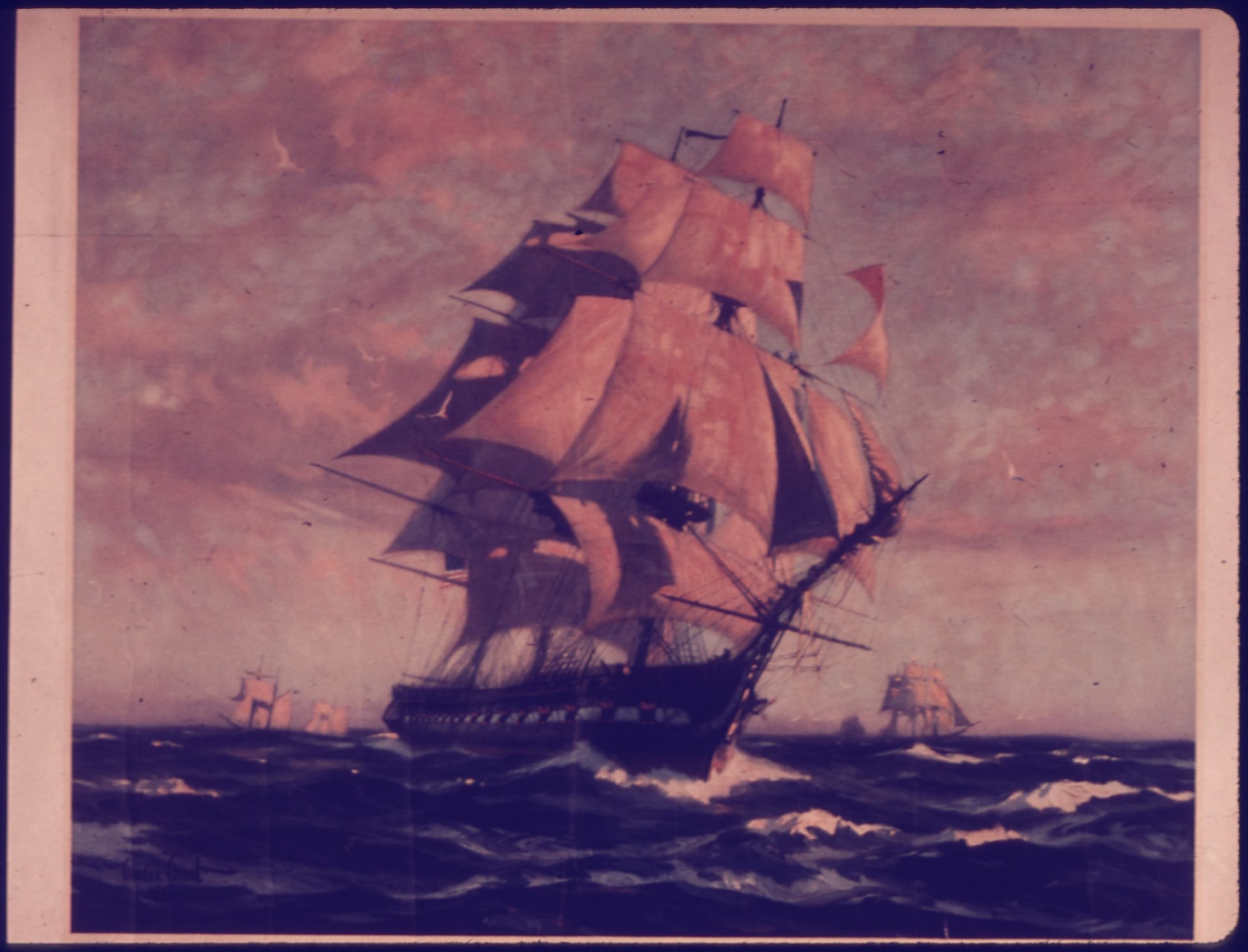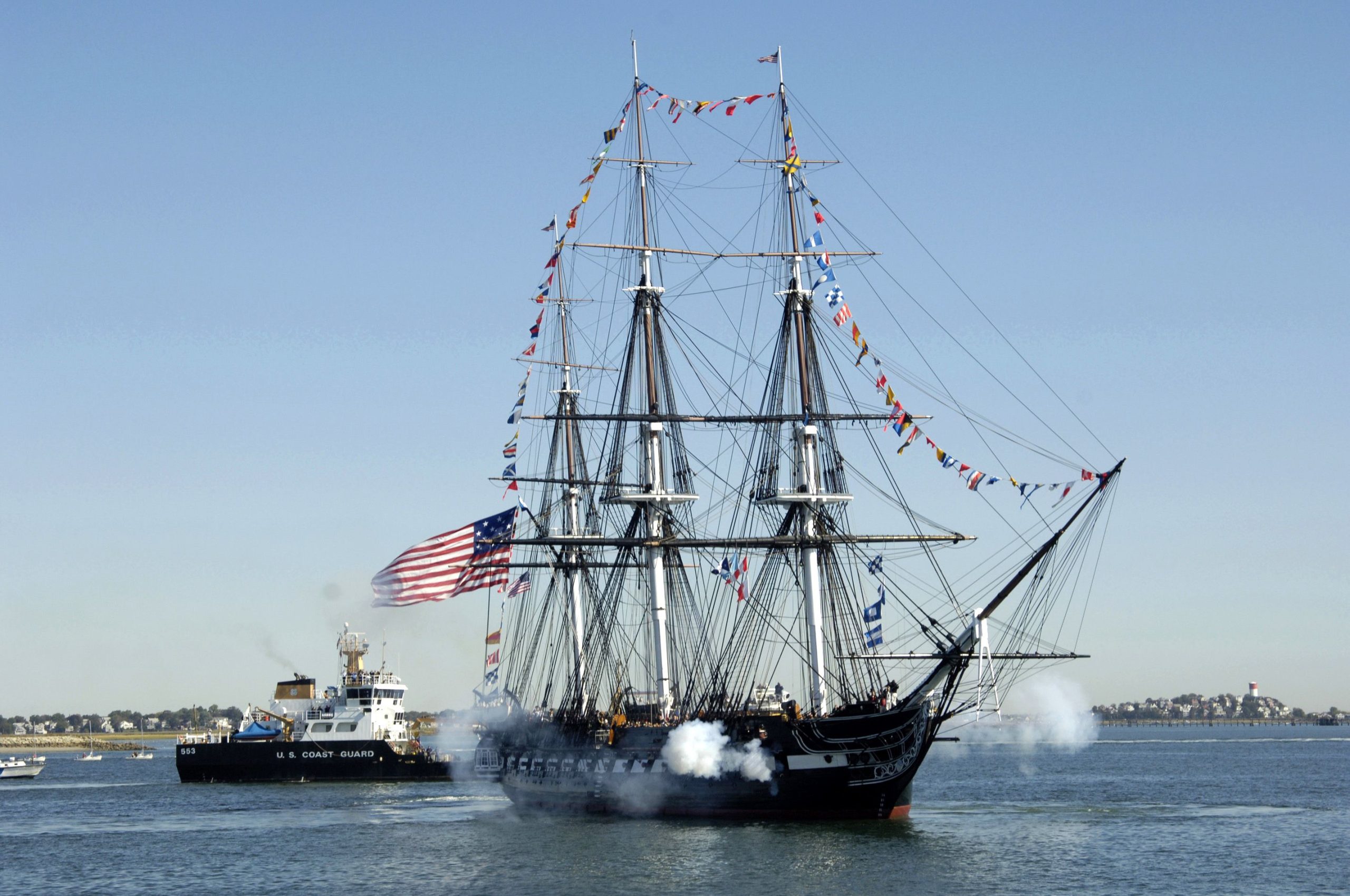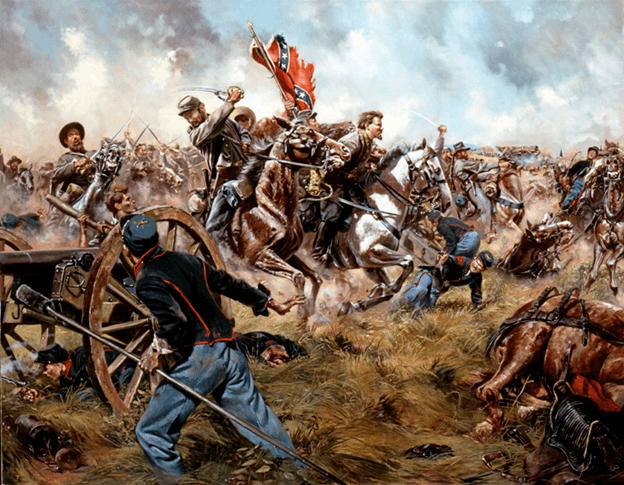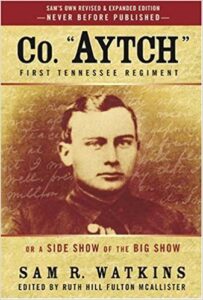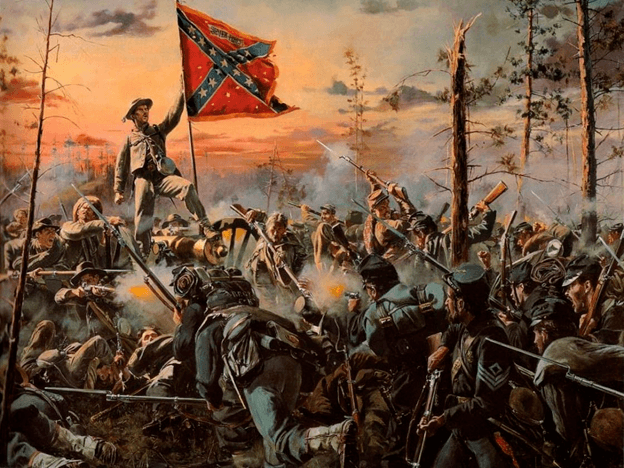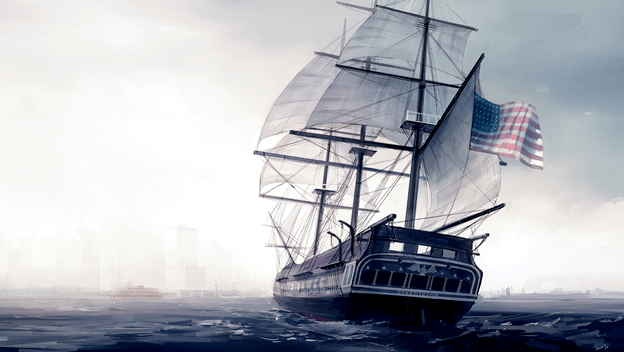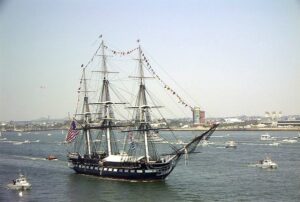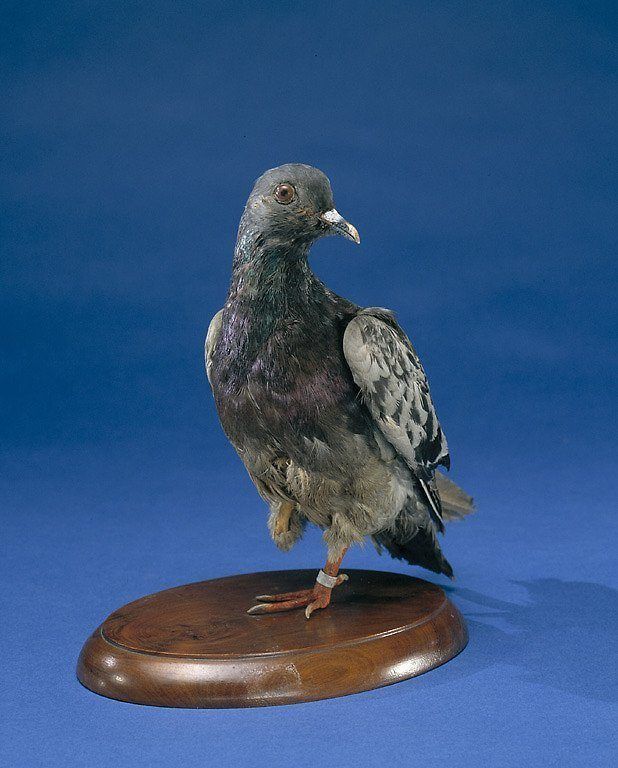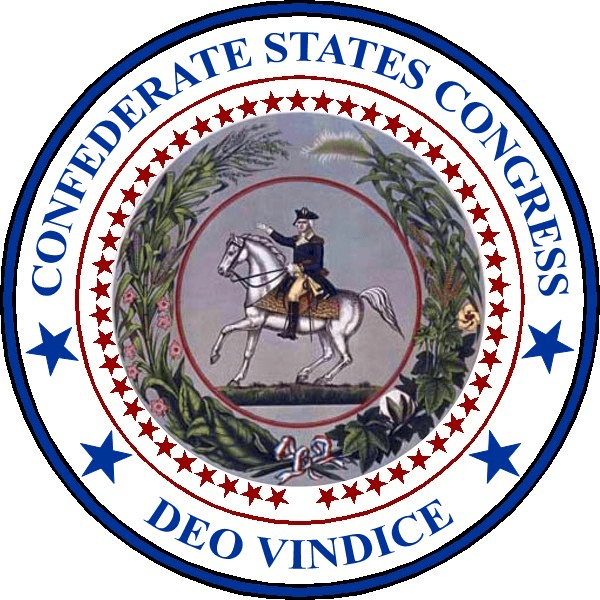
Have you ever wondered whether folks outside the United States ask us for Confederate flags? In fact, we do get a lot of requests for them.
Canada is probably the top destination outside the States, but you might be surprised how many we ship to Scandinavia, Switzerland, Japan and Australia.
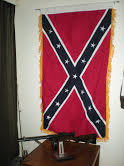
Some of our customers send us photos. Here is one from Pia and Juha in Finland.
The Finns have had to fight pretty hard at times to defend their own borders. Tough characters, the Finns, so no wonder they like this flag.
Down in Australia, Barry has used some good old Rebel flags to decorate his pickup. He even has the Battle Flag on his license plate.
He restored a 1927 FEDERAL truck, and it sparked his interest:
“It’s the flag and the whole story of the civil war that interests me… I have a soft spot for the Confederates, just having the #%$*@ enough to break away from the Union and stand on their own.”

Barry says the truck was built in Detroit and shipped to Australia.
“It started life as a log truck in the Kangaroo Valley in New South Wales, very very steep country, it originally only had a 4 cylinder engine with a 3 speed gearbox and only rear mechanical brakes, ( would be a very brave or foolhardy man with strong underpants to drive down a very steep hill with a large log on the back and only rear mechanical brakes and no power steering).”
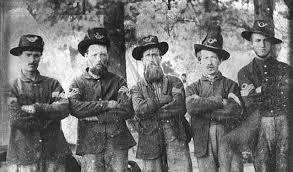
Barry found it in 2001: “It was in a very sad state of repair, but being one of only a hand full left I embarked on a massive restoration project.”
It was sure worth it, as you can see in the photos.
Thanks, Barry!
We will be sending more photos and stories like this. We’d love to hear from you about your flag.
Thanks for reading. Please share our posts with your friends and family so they too can learn more about Southern Heritage and History.
Brought to you by: Ultimate Flags


